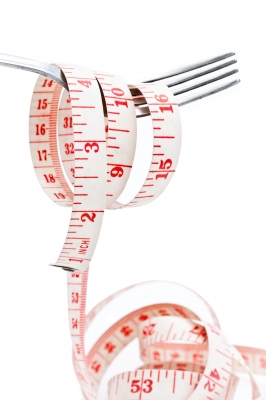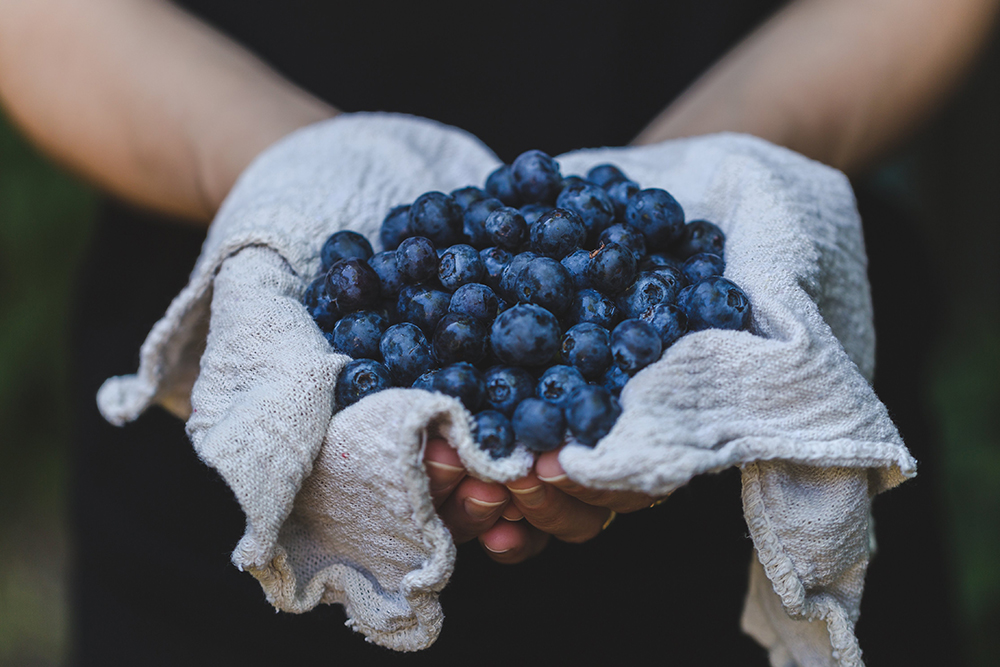 Could weight loss be about more than the foods you choose to eat? What if you could lose weight by simply changing your meal time?
Could weight loss be about more than the foods you choose to eat? What if you could lose weight by simply changing your meal time?
This is not a new idea. However, is it just a gimmick or actually supported by research. Well, I found three different studies regarding meal timing.
Study #1: Timing of food intake predicts weight loss effectiveness
This study was published in the International Journal of Obesity in 2013. The goal was to determine the relationship between meal timing and weight.
The study had 420 individuals divided into two groups – early eaters and late eaters. Early eaters were defined as eating lunch before 3pm. Late eaters defined as eating lunch after 3pm.
Both groups followed a 20-week weight loss treatment.
Study results show late eaters lost less weight and had a slower rate of weight loss compared to early eaters. The late eaters also skipped breakfast more frequently than early eaters.
The surprising piece is that energy intake, dietary composition, estimated energy expenditure, appetite hormones, and sleep were similar between the two groups.
Conclusion: Eating late may influence weight loss success.
Continue reading

 Here are 7 ways to lower your blood pressure without medication.
Here are 7 ways to lower your blood pressure without medication.




